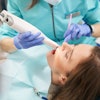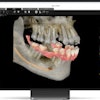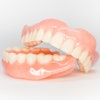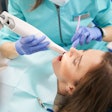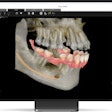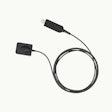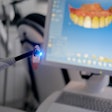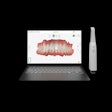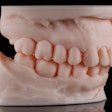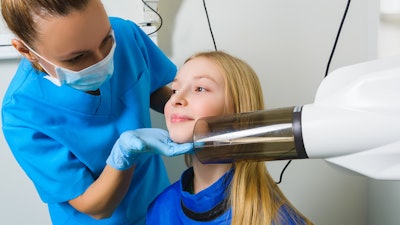
Dental teams in U.S. states, including California, must shield patients during x-rays despite the American Academy of Oral and Maxillofacial Radiology (AAOMR) no longer recommending covering patients’ reproductive organs and fetuses during dental imaging.
For now, states such as California that have codes require shielding -- a common practice used to reduce radiation exposure to sensitive tissue -- of patients with lead or lead-equivalent aprons during dental x-rays will continue.
However, based on the large, growing body of research available that rebuts the protective benefit of shielding, the California Dental Association (CDA) expects to discuss soon potential changes to the current requirement with the state's public health department, according to an article published on December 7 by the CDA.
Any forthcoming changes related to Section 30311 of the California Code of Regulations, which requires each patient undergoing dental imaging to have a protective apron of not less than 0.25-mm lead-equivalent draped over the gonadal area, would be communicated early and thoroughly with dentists, according to the CDA.
If the shielding requirement is discontinued, new safety training for the dental team members would likely be required. Furthermore, dentists would need to explain why their offices would no longer be using lap aprons and be ready to answer patients’ questions and concerns, according to the association.
In August, the AAOMR’s guidance was published in the Journal of the American Dental Association. In the position statement, the AAOMR recommended that teams cease shielding patients’ thyroid and reproductive parts during intraoral, panoramic, cephalometric, and cone-beam computed tomography imaging because aprons provide no protection from internal scattered radiation.
For years, gonadal shielding has been done during imaging to reduce the risk of radiation-induced hereditary effects. As for thyroid shielding, it aims to cut the risk of radiation-caused thyroid cancer. This risk has been corroborated by old and new evidence.
Additionally, the AAOMR noted in its position paper that federal, state, and local regulations and guidance should be revised, removing any actual or implied requirement concerning patient shielding. Similar recommendations have been issued by the American Association of Physicists in Medicine and the British Institute of Radiology. In the U.S., many states, including New Jersey and Illinois, have regulations requiring patient shielding during dental imaging.

